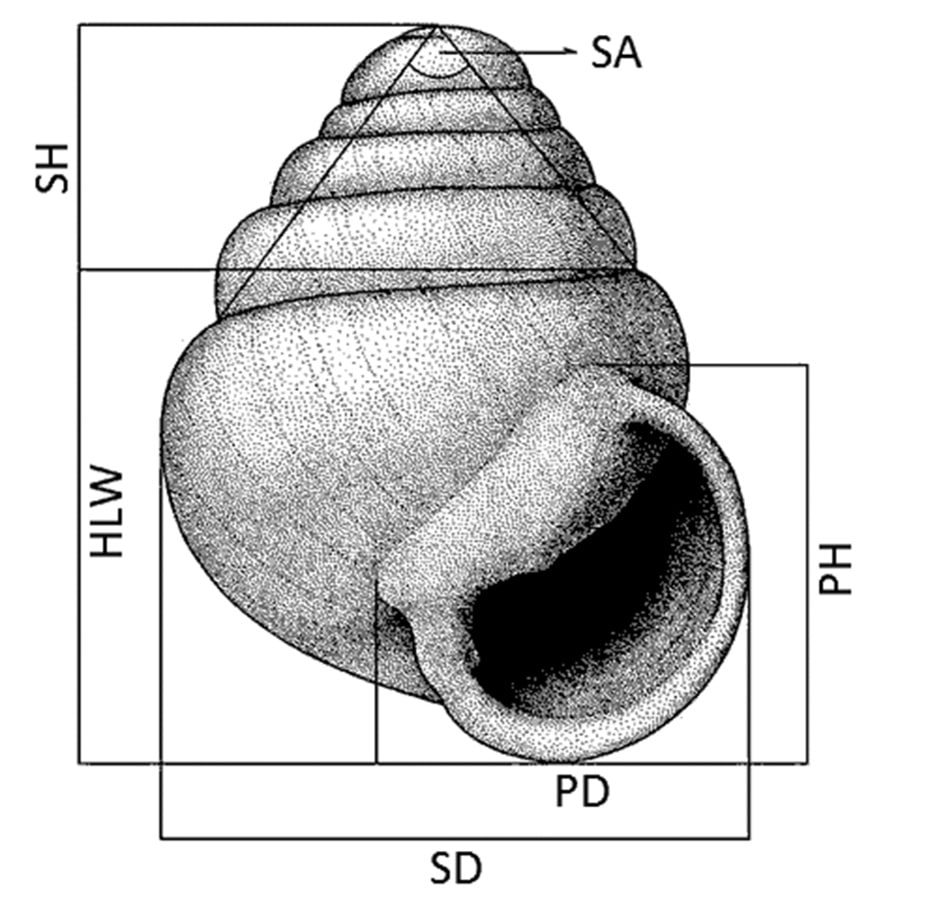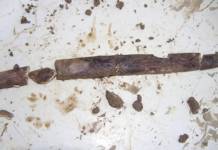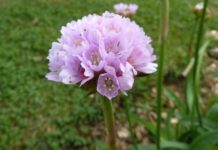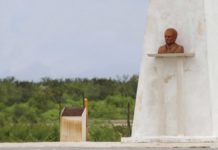This article was tranlated by Iustrans
A multinational team of scientists led by Dr. Adrienne Jochum, University of Bern, Switzerland, has described a new species of Zospeum genus located in the caves of the Basque Country (Bizkaia and Gipuzkoa). Interestingly, it is not the first species of this genus of blind snails with semi-transparent shells that bear a name related to the Basques. There is another species called Zospeum biscaiense, which was catalogued in 1980.
The name, as the information collected explains, has been awarded in honor of the Vasconum, the name by which the Romans identified the inhabitants of the Basque Country during the 1st century BC.
It grabbed our attention that the information ensures that:
“This tribe is considered (disputed) the ancestor of the Basque People”.
This has grabbed our attention because we do not know of any reason to doubt that the Vascones to whom the Romans referred are the ancestors of today´s Basques. Moreover, we don´t know of any reason to doubt that those vascones were anything other than the ancestors of the Basques.
Find the following information by SCI-News and a more comprehensive version by zookeys.pensoft
SCI-News – 10/3/2015 – USA
Two New Snail Species Discovered in Northern Spain
Members of the genus Zospeum are blind snails with semi-transparent shells. They are amongst the smallest terrestrial gastropods known, with some species reaching 1 mm (0.04 inch) in shell size and living in caves at depths as deep as 950 meters (3,100 feet). These snails inhabit moist, muddy cave walls, rock crevices, speleothems and ceilings in the deep recesses of karst caves, far from the entrance zone.
(Continue) (automatic translation)
———————————————
Zookeys.pensoft – 23/2/2015 -USA
Two new species of Zospeum Bourguignat, 1856 from the Basque-Cantabrian Mountains, Northern Spain
Two new species of the genus Zospeum Bourguignat, 1856 are described from caves in the Sierra de Aitzgorri (Gipuzkoa) and the Sierra Salvada (Burgos) in Northern Spain. The taxa Z. vasconicum sp. n. and Z.zaldivarae sp. n. have recently, without a formal name, been included in a molecular study of worldwide members of the Carychiidae. In the present paper, the shell morphology and variation of these species is described and illustrated.
(Continue) (automatic translation)
Last Updated on Dec 20, 2020 by About Basque Country
































